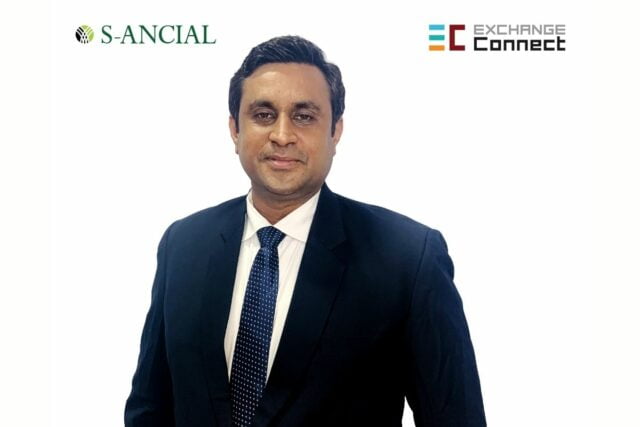
Pradip Seth, Founder & CEO, S-Ancial
December 16: The growth in Environmental, Social and Governance (ESG) Investing has accelerated over the past few years, and the corpus of professionally managed portfolios, which include key elements of ESG factors, exceeds USD 17.5 trillion globally. Mirroring this trend, the growth of ESG-focused traded investment products that are available to investors exceeds USD 1 trillion and continues to grow at a fast pace. ESG investing has also gained interest recently from the public sector as well. Central banks across countries have expressed support to spur the transition of financial systems toward low-carbon economies.
Growth in ESG segment
The growing investor interest in ESG factors reflects that it can affect the long-term performance of issuers while reducing the propensity for controversies that erode stakeholder trust and should therefore be given appropriate consideration in investment decisions.
Keeping the growing demand in view, the industry is creating more products that are related to ESG ratings, indices, and funds. ESG indexes, equity and fixed-income funds and ETFs are now manyfold in numbers and are increasing quickly. A lot of options are available; low-risk products such as money market funds, passive smart beta ETFs, and even hedge funds are a few which involve ESG investing.
Accuracy of ESG ratings
There is a marked increase in ESG rating providers. But are these ratings helping investors with the right assessment for their needs? Are investors confident in these ratings and their accuracy? I think it will be inadequate. Also, there is a lot of room to catch up on both the quality and relevance of the underlying data, as well as concerns that this data is not updated in a timely fashion.
Even though progress has been made, a crucial point remains on the alignment with the materiality of factors. ESG ratings tend to vary greatly from one rating provider to another. They may relate to different measures, key indicators and metrics data and use qualitative judgement. Incorrect data, outdated data, irrelevant data, biased data, and little-to-no-real analysis lags ratings.
The majority of traditional ESG ratings providers have a heavy reliance on web scraping for their assessments. While Web scraping can be a useful tool, there is a general lack of easily obtainable ESG data apart from the company supplied information. This means data supplied by companies become a meaningful portion of underlying support for ascertaining rating is a cause for concern. If one were to instead web scrape press releases and websites of public companies and use that for automated decision processes on whether to buy or sell shares, it would be a recipe for investment disaster.
I see the ESG ratings based on such automated processes as equally disastrous. Quantitative screenings do not tell the whole story of the company.
Assigning an overall rating across all companies and industries is indeed a difficult task. It requires a third-party confirmation of important data and trends and the nuances of reading management comments and the other company information. Until the current ESG rating incorporates the skills we expect, the ratings will be too simplistic or simply incorrect to lead to any real value.
Outlook
From a broader perspective, there is a definite standardization of ESG rating parameters on the horizon. Various bodies, among which GRI (Global Reporting Initiative), SASB (Sustainability Accounting Standards Board) and TCFD (Task Force on Climate-Related Financial Disclosures) are now involved in assessing the use and consistency of ESG information, its materiality across industries, and how this information should be prioritized and scored.
About Exchange Connect
ExchangeConnect is an Investor Relations company. Their interactive B2B platform, ExchangeConnect facilitates Capital market participants to colligate and engage in better price discovery through AI enriched data and interactions.
The company assists listed companies distinguish their investor relations programs. They enable listed corporates, institutional investors and brokerage houses to congregate on their platform. They go beyond providing a seamless flow of data and information by using technology that enriches the data quality; hence the value of interactions is greatly enhanced.
Their proprietary AI engine churns both structured and unstructured data received from public information available with listed corporates and processes it using algorithms to reduce much of the manual work. They produce outstanding actionable insights for both corporates and investing institutions having highly predictable and consistent quality through Automation, AI and Machine learning.
Read more:
FlippED: Do Millennials Hate Kids? Our Bloggers Fight It Out On The Question





























